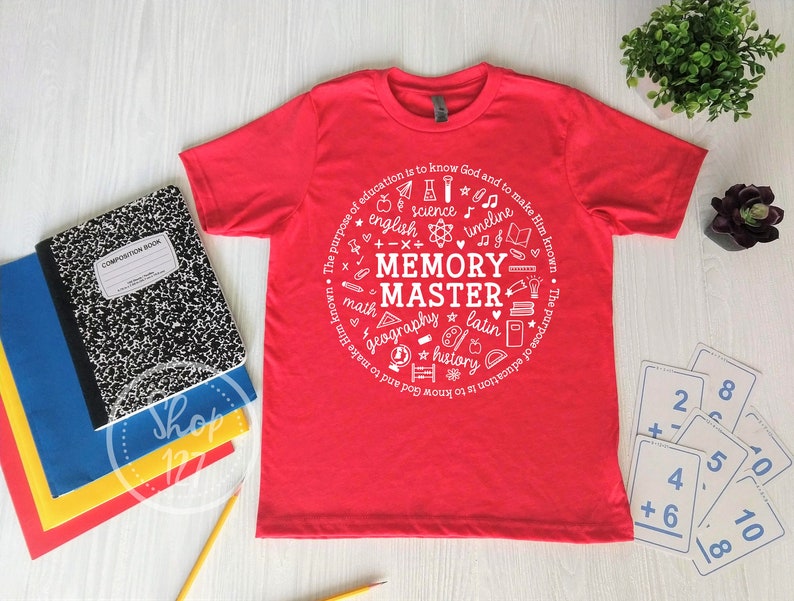

As the clock line changes from low to high (known as the rising edge of the clock pulse), a single bit of information - that will form in sequence the address of a specific device and a a command or data - is transferred from the board to the I2C device over the SDA line.
CC MEMORY MASTER SERIAL
The I2C protocol involves using two lines to send and receive data: a serial clock pin (SCL) that the Arduino Master board pulses at a regular interval, and a serial data pin (SDA) over which data is sent between the two devices.
CC MEMORY MASTER SOFTWARE
Once that message is received, it can then be viewed in the Slave board's serial monitor window opened on the USB connected computer running the Arduino Software (IDE). Arduino 1, the Master, is programmed to send 6 bytes of data every half second to a uniquely addressed Slave. Several functions of Arduino's Wire Library are used to accomplish this. In this example, two boards are programmed to communicate with one another in a Master Writer/Slave Receiver configuration via the I2C synchronous serial protocol. I hope your kids will find this simple tool as helpful as mine have.Sometimes, the folks in charge just don't know when to shut up! In some situations, it can be helpful to set up two (or more!) Arduino boards to share information with each other. It seems like a small detail, but it has made a huge difference. This way her mental energy is focused on keeping track of the answers in her head, not on remembering which fact she is on. Since she is pointing at the multiplicand, this makes it easier. I then encourage her to simply “read” the second multiplicand without thinking about it. I encourage my daughter therefore to try to recite the 12 x part without even thinking about it, as rote as possible. They seem to be able to keep the numbers in their head for skip counting, but once they verbalize the fact itself, it jumbles the answer in their mind. I find that it is the actual recitation of the fact that confuses my students.

You will notice that on the conversion chart the 12 x is written in small print only once. When she can do this well, we move on to the final step: She points at each number as she recites the entire fact: points at 1, says “12 x 1 is 12” points at 2, says “12 x 2 is 24” points 3, “12 x 3 is 36” etc.

So it goes like this: point to number 1, say “1”, then say “12” point to number 2, say “2”, then say “24” point to 3, “3”, “36” etc. Once she can complete this task without difficulty, we move on to her saying the number as she points to it and then immediately saying the answer. So she would point at 1 as she says “12”, then point at 2 as she says “24”, then 3 and “36”, etc. We begin with her simply pointing at the second multiplicand as she continues skip counting. At that point we move on to what I’ve affectionately deemed the “transition chart.” I am inserting a photo of the chart below. We continue with just the skip counting until she can do it reasonably quickly and consistently accurately. I begin by having my girl recite the skip counting for each number we are working on. So I developed the following progression:
CC MEMORY MASTER FULL
What I am finding with my own CC Masters class is that many of the students can skip count proficiently, but moving on to the full fact really throws them for a loop. CC operates under this assumption as they only require children under 10 to skip count in order to become Memory Masters, whilst older children must move on to giving the entire fact in their recitation. The idea behind this is that it is significantly easier for kids to skip count than it is to recite the entire multiplication fact. It was with this in mind that I came up with the following system. But I’m determined to do everything I can to help her achieve her goal. Since she is doing very well with all the other memory work, math has become a bit of a thorn in our side. She is determined to be a Memory Master and this feat demands that she be able to recite the multiplication tables through 15 x 15 in a very short amount of time with absolutely ZERO ERRORS. My daughter can come up with the correct answer to most multiplication facts given that she has time to think it through. For the last couple of years, I have operated under the assumption that repetition would eventually do the trick and this has proven to be mostly true. If your child is anything like mine, they struggle to truly commit their multiplication tables to memory.


 0 kommentar(er)
0 kommentar(er)
